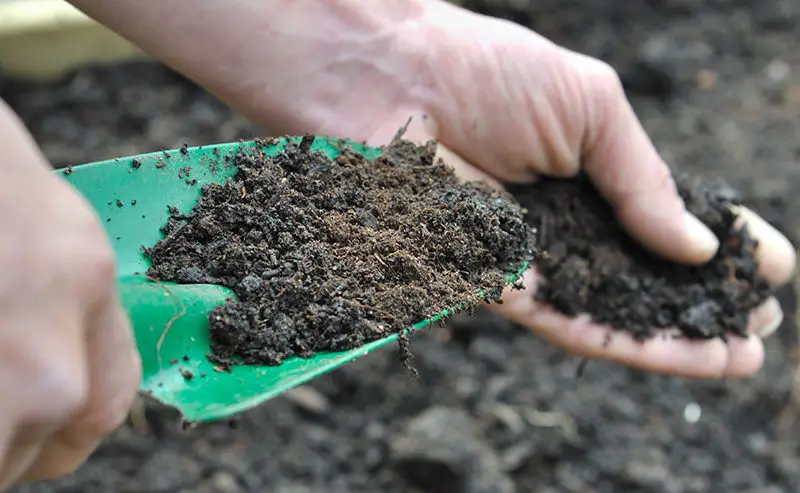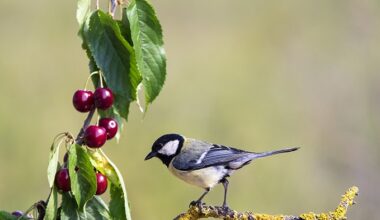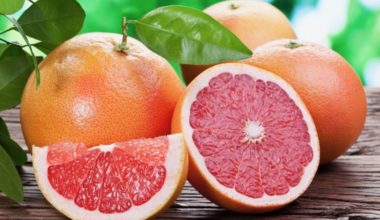Sulfur is an indispensable element in a natural garden. It is a very effective fungicide.
A very common product, it has been used as a treatment strategy in the vegetable garden for a long time. Very used in organic agriculture, sulphur is an adequate response of the gardener to fungi in particular.
The fungicidal process proposed by sulfur is to release steam inside the fungus.
It is marketed as a fine powder, its use allows to fight against powdery mildew, scab, erinosis (galls due to a small mite) as a curative, red spiders as an acaricide, bugs and ants as a repellent. It is also widely used against parasites and diseases of the vine, such as powdery mildew, erinosis, excoriosis and acariosis.
The action of sulfur is to slow down the growth and destruction of fungi. Its action is defined as a real control and reduction of the evolution of the attack. Bordeaux mixture, a product very well known to gardeners, also contains sulfur in its mixture.
Contents
Where does sulfur come from in the garden?
Sulfur or ‘native sulfur’ is a natural non-metallic mineral found in the earth’s crust. It is found throughout the world in various sulfur mines, it can be of sedimentary origin harvested at low temperature, it is the majority of sulfur exploited in the world, but also of volcanic origin, treated at high temperature.
The most beautiful sulfur crystals come from Sicily, the USA and China, but also from France where beautiful specimens are extracted from the Pyrenees!
What is sulfur used for in the garden?
The sulfur used in the garden is the one found in the rocks. It is a natural product that is used to fight against cryptogamic diseases, various well-known microscopic fungi. Sulfur is mainly used as a preventive and curative treatment against powdery mildew, scab and erinosis of fruit, vegetable, vine and rose crops.
Once sprayed on plants, sulfur is transformed into vapors loaded with sulfur particles that envelop the targeted plant. These particles are then absorbed by the microscopic fungi (diseases) which inexorably die.
To improve the effectiveness of the sulfur, it is preferable to use it when the temperature is above 64°F and on a clear day, the sulfur then releases 5 times more sulfurous vapors and therefore more results. The effectiveness of a sulfur application is about one week and it has very little residual activity.
But that’s not all… Sulfur is also an excellent repellent against bugs and ants, as well as eliminating certain harmful mites like red spiders, for example!
Is it good for growing my vegetables and fruits?
Sulfur is an important trace element, it is necessary for the growth of vegetables and green vegetables in particular. It is part of the fertilizing elements of plants and a sulfur deficiency results in yellowing of the leaves. It is also used as a soil conditioner, and when applied, it acidifies the soil.
However, plan to harvest your vegetables and fruits, or to can them at the earliest one week after the last treatment, when the sulfur will have finished its action.
Like all natural products that can be used in the garden, respect the instructions for use and the recommended doses, because when there is too much, well, it is too much… And any excess is never good!
Sulfur for gardens
For the sublimation of sulfur to occur properly, the ideal temperature should be between 68 and 77°F and the light should be optimal. Do not treat on overcast days or when the temperature is below 64°F, as the treatment would be useless. Also, avoid treating on hot days as plants may be burned. If it is really necessary to treat in the summer, do so in the early morning before temperatures rise above 79°F.
Sulfur can also be used as an amendment in the case of a deficiency in this element (rare), but also to acidify a soil that is too alkaline.
Sulfur releases a vapor that enters the heart of the cells of fungi responsible for cryptogamic diseases (oidium, scab, rust…). It weakens or destroys these fungi and even some mites responsible for galls, it also keeps ants, aphids and bugs away.
The effect of the treatment lasts only one week, so it must be renewed, but only in case of real fungal or parasitic attack because over time, it proves to be toxic for some auxiliaries such as predatory bugs, midges, or predatory mites and hymenoptera. So be careful and moderate!
The different kinds of sulphur
Sulfur can be found in garden centers, agricultural cooperatives or large DIY stores. It is essentially presented in two forms packaged in cardboard boxes:
Wettable sulfur is a powder or granules that can be diluted with water, hence the name ‘wettable’. It can be mixed with Bordeaux mixture during preventive treatments of cryptogamic diseases. It is dosed from 7,5 to 12,5 g for 10 liters of water according to the plants to treat.
Sulfur flower is rarer and can only be applied in calm weather, without wind or under greenhouse. This sublimated sulfur comes in the form of a very fine powder (like talcum powder), and should not be diluted with water but applied in its original form, using a powdering machine, at a dose of 20 g per m². Do not forget to wear a specific mask during application because the powder can irritate the respiratory tract.
Tips for using sulfur in gardening
First, let’s remember that sulfur comes in two forms: powder and wettable. The first, also called sulphur flower, is ready to use.
It is spread on the plants to be treated with a special device (the powder). Given its highly volatile nature, it should not be used in windy weather (its application is best done indoors, in a greenhouse for example). Wettable sulfur is marketed in the form of granules that must be diluted in water.
In terms of use, it is important to know that it is the sulphur vapour that will act on the disease to be treated. To optimize the effects of the treatment, it is preferable to carry it out during the day, in bright and rather warm weather (preferably around 68 – 77 °F and no more). If it is really too hot, it is better to operate in the morning or late afternoon.








